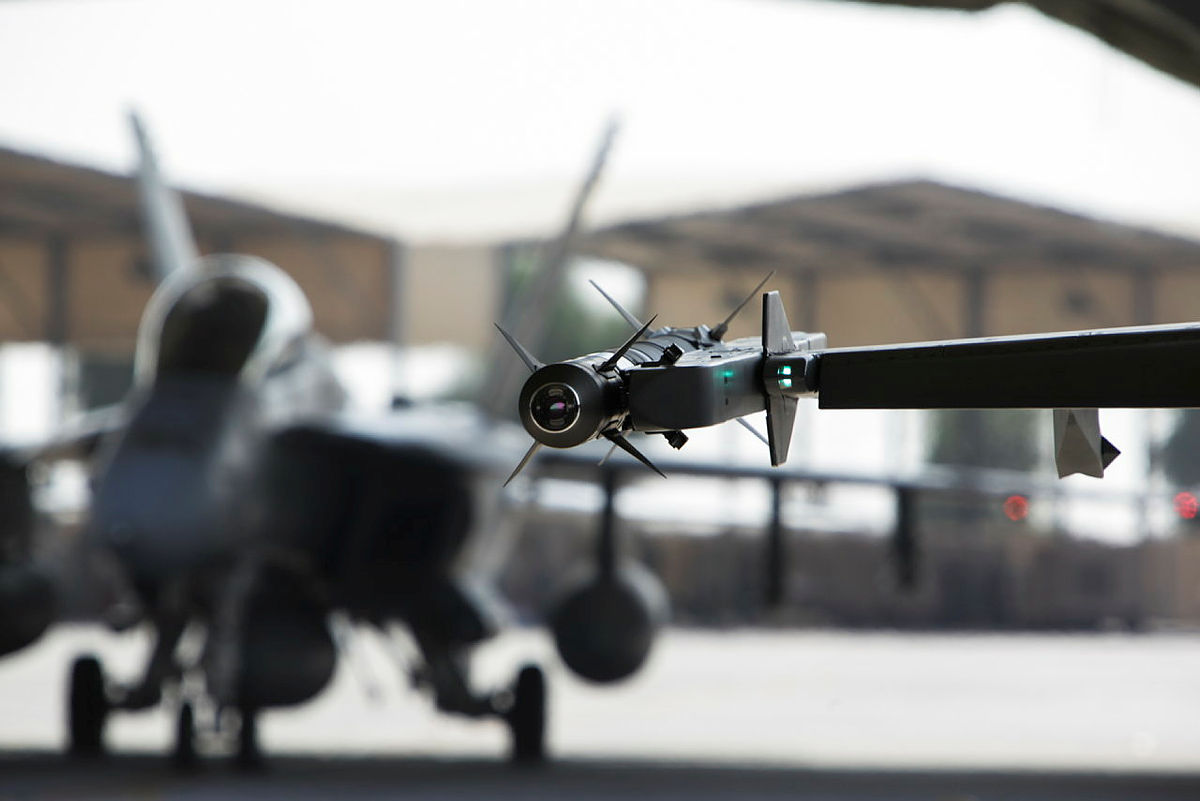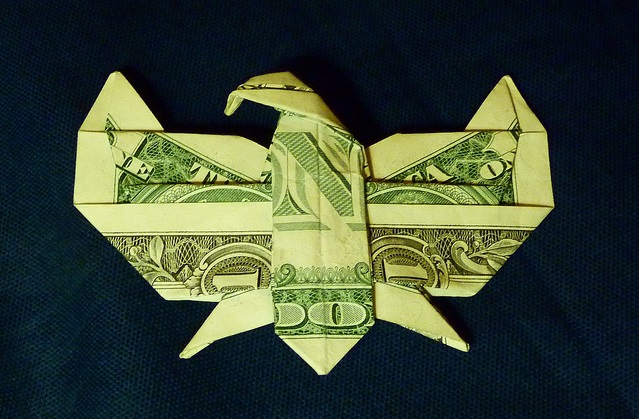Casus Belli or 'occasion for war': Pedra Branca is one of the 3 redlines not to be crossed — Part 4
Btw, is it already sure that Singapore ordered the 8 F-35B on option? I thought they want to evaluate the first 4 F-35Bs first.
12. Singapore placed an order for 4, with the option for 8 more F-35Bs. The slated delivery for the first 4 is 2026. The official line — with the erratic Trump in power — is to test and evaluate, when the real position is different — as the goal is to use these fighters for SEAD. The smallest logical force structure to conduct any SEAD mission is to place an order 4 F-35Bs and to exercise the RSAF’s option for 4 to 8 more, within a short time from the order (likely to be within 2 years of initial order). IMO, this option will be exercised before the first delivery of the 1st F-35B in 2026.
I think both Malaysia and Singapore will do anything to prevent escalation. The price of a full scale war is too high for a couple of rocks, and it will devastate the economies of both countries. It will maybe even have a negative effect on the economy of the surrounding countries.
13. That will not be true by the dry season of 2025 onwards. By then, Singapore need not execute a forward defence plan in the event of shooting at sea incident. Therefore, the country’s navy can take some risks to demonstrate resolve — as failure to take such risk will create a vicious cycle of Malaysian aggression. It is certain the the Malaysians miscalculated in Oct 2018, and there is a strong desire to impose costs on them.
14. No matter how unreasonable Dr M was, the Merlion needed to avoid a fight against a country that is 475 times bigger than Singapore in 1991; but thanks to 30 years of effort, areas of domestic weakness like self sufficiency in water, is being systematically removed due to unrelenting investments to bring about real change.
(a) The latest round of maritime territorial dispute arose in Oct 2018 when Malaysia unilaterally extended the territorial boundary at Johor Bahru Port, encroaching into Singaporean-claimed waters at Tuas Port. The claim extends beyond the maritime border Malaysia unilaterally declared and reinstated in 1979 and 1999 respectively, marking the first time in almost 20 years that either side has attempted to shift the boundary.
(b) In all honesty, prior to 2018, I had expected that the period of troubled peace between the two countries was behind us for good. But evidently, I was wrong.
15. The Merlion’s initial
response to the maritime dispute over Tuas port was two-fold. On the diplomatic front, Singaporean leaders called for negotiations to resolve escalating tensions and end Malaysian provocation. Singapore sees the problem as Dr M-specific, with the younger and more ethnically diverse members of the Malaysian Cabinet believed to hold more conciliatory views towards the island-state. On the military front, Singapore’s Defence Minister warned the Malaysian vessels parked in the disputed territories to leave. Meanwhile, the SAF declared week-long military exercises across the island-state and mobilised its regular and reserve forces.
16. Dispute avoidance was needed by the Merlion in 1991 but that scenario is no longer true for a maritime dispute with Malaysia over Pedra Branca — given the Merlion’s energy and water independence by 2025 (as a key milestone to the end of the water agreements in 2061). Therefore, Singapore through enactment of conscription legislation in March 1967 and decades of consistent tri-service military modernisation efforts enables the SAF to have escalation dominance over the Malaysia Navy, if shooting occurs (that does not lead to a land war), for a few additional reasons, as follows:
One, the Iron Dome’s demonstrated capability to intercept large salvos, along with drastically improved relations with Indonesia (as the country’s largest investor) has reduced the threat of artillery and rocket attacks on Singapore by our immediate neighbours.
Two, with air superiority achievable by the RSAF in a few days from the start of shooting and a more advanced navy, the creation of the new Special Operations Command Centre (SOCC) in 2019 is a game changer in providing military options. This means that during periods of active hostility, the SOCC is able to conduct surgical strikes or boarding operations in both Singapore and Malaysia, on land or at sea, due to the country’s ability to collect, analyse, fuse and make sense of mission essential information.
Three, the completion of SLNG’s 4th tank in 2018, with plans for the 5th tank on hold, this means even if the supply of natural gas from Malaysia is cut-off, Singapore does not need to continue to buy Malaysian natural gas. Only 2 of the 4 tanks are used for domestic regas.
Four, the CORVID-19 pandemic stress tested Singapore’s food security plans that came out with flying colours. Singapore can protect and import our food supply by sea (and as long as Indonesia is not hostile), Malaysia as a source of food, water and energy can be replaced (as per the country’s plans from 1991).
Five, the 2025 opening of Tuas Nexus and the Feb 2021 opening of Keppel Marina East Desalination Plant (as Singapore's first large-scale desalination plant capable of treating both seawater from the Singapore Straits and freshwater from Marina Barrage), removes the need for Johore’s untreated water.
(i) The NEA and PUB, have announced the construction of Tuas Nexus has begun, and it is set to be completed in phases from 2025 onwards. The co-location of two mega facilities – the Tuas Water Reclamation Plant (Tuas WRP) and the Integrated Waste Management Facility (IWMF) – will forge a sustainable Singapore by optimising land use and maximising energy, water and resource recovery. When completed, Tuas Nexus will not only be energy self-sufficient, it will also contribute to increasing NEWater supply over time from 2025 onwards (to meet a further 15% of all water needs).
(ii) During the dry season (usually Apr to Jul), there are five NEWater plants supplying up to 40% of Singapore's current water needs. By 2060, NEWater is expected to meet up to 55% of Singapore’s future water demand. As it is ultra-clean, NEWater is used mainly for industrial and air-con cooling purposes at wafer fabrication plants, industrial estates and commercial buildings — it is also delivered to industrial customers via a dedicated pipe network.
(iii) Since 2011, Singapore’s water catchment area has increased from 1/2 to 2/3 of the land surface with the completion of the Marina, Punggol and Serangoon Reservoirs. This makes Singapore one of the few countries in the world to harvest urban stormwater, from 17 reservoirs, 32 rivers and 8,000 kilometres of drains and canals, on a large scale for potable consumption. In 2021, urban rainwater and imported water from Johore meet 50% to 60% of Singapore’s water needs for about 9 to 10 months a year.
(iv) For about 8.5 to 9.5 months of a year, the Keppel Marina East Desalination Plant uses less energy to treat rainwater run-off from the Marina Barrage (instead of sea water). This brings about three benefits: a cheaper source of water supply, flood control during the Monsoon season and a venue for lifestyle attraction — this greatly reduces our dependence on Malaysian’s untreated water; with the concurrent building of more desalination and NEWater plants, a cut-off of water supply from Malaysia will more adversely affect Johor Bahru than Singapore (during the Apr to Jul dry season) — as they lose the supply of cheap treated water from Singapore when they are water stressed.
Six, to reduce the likelihood of a water war prior to 2061, Singapore has water from 4 different sources:
(i) water from local catchments;
(ii) imported water from Johore (up to 2061, when the water agreement expires);
(iii) NEWater (high-grade reclaimed water for industrial use or 40% of Singapore's current water usage) and desalinated water; and
(iv) desalination plants will be able to meet 15% to 25% of Singapore’s water needs during the 2 month dry season (around June).



